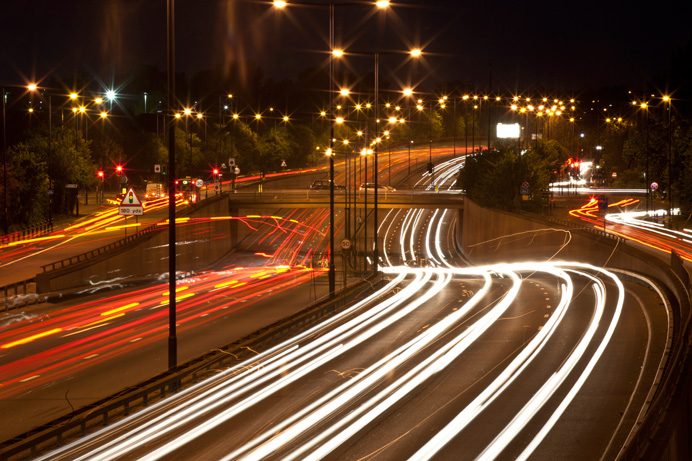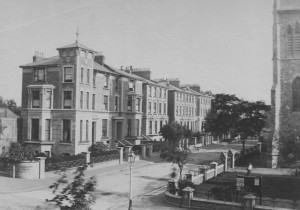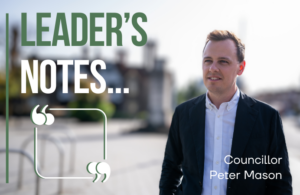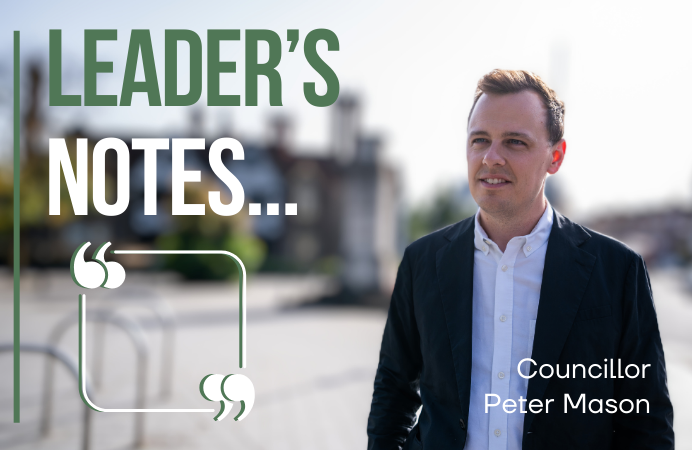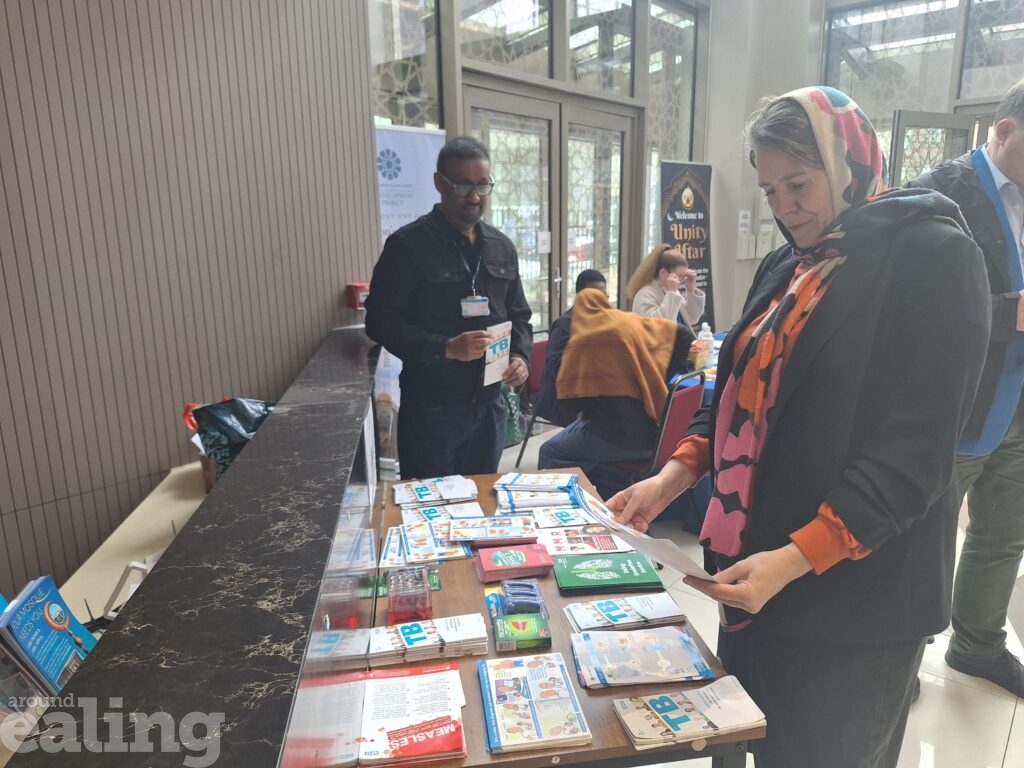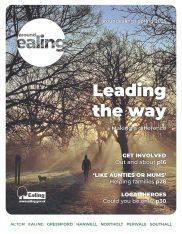With the arrival of Crossrail (the Elizabeth Line) in 2019, Ealing will become one of the best connected London suburbs; and Property Week recently called Ealing ‘the standout area of west London’ in terms of economic and regeneration potential. You could say, on this basis, that we live in the emerging ‘capital’ of west London.
There are already a lot of plans under way, and in some cases spades in the ground, across the borough. For example, there is the proposed transformation of the former Southall Gasworks site which could mean 3,750 new homes, shops, parkland and community space being created, along with better transport connections, walkways and cycle paths. This is on top of the ongoing Southall Big Plan projects.
There are a number of redevelopment plans for central Ealing which should see new homes, shops, restaurants and leisure facilities, following on the heels of the Dickens Yard development. And then there are the £10billion plans for Park Royal and Old Oak which could change that area dramatically – with a project being described as the UK’s largest regeneration scheme.
However, it is not all about the ‘new’. We also need to preserve the historic threads weaved into the fabric of our borough. They are critical to Ealing’s identity. That is why Walpole Park has been restored to its Regency splendour by the council and why Pitzhanger Manor is following suit; and why Ealing and Hounslow councils have teamed up to revitalise and repair the stunning buildings and grounds in Gunnersbury Park.
Getting this balance right is crucial. We want to be dynamic and to attract investment and jobs for the future and the council is working hard on this – but part of Ealing’s attraction is its past and its present. There is much to admire already, which is one of the reasons people want to live and work here.

